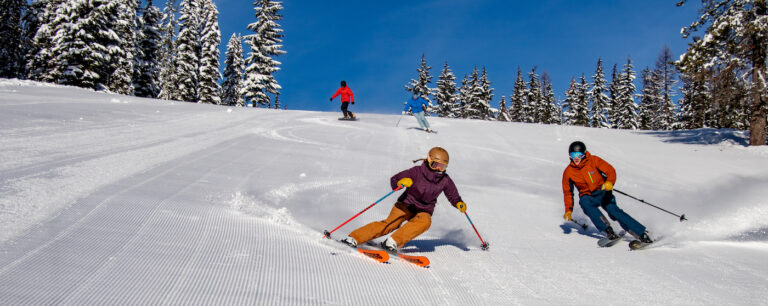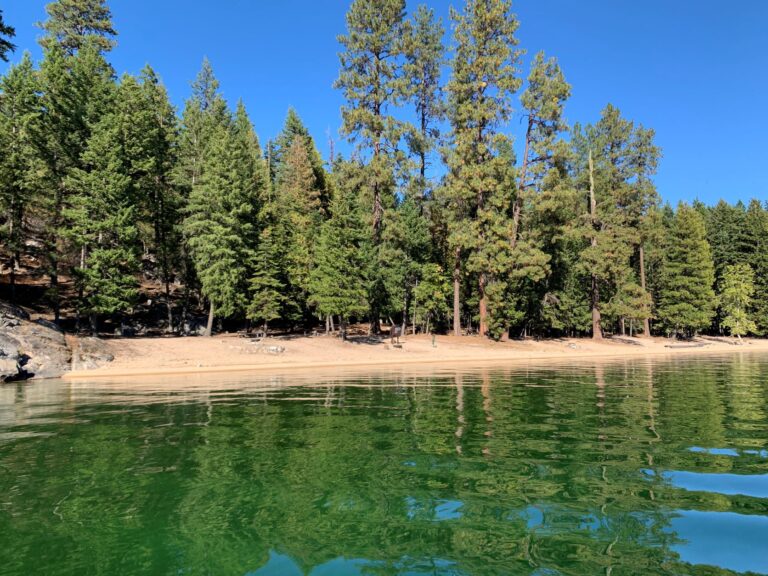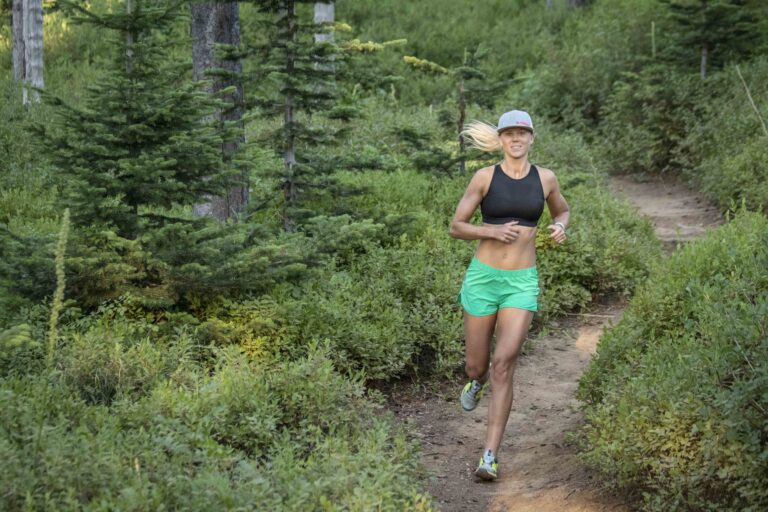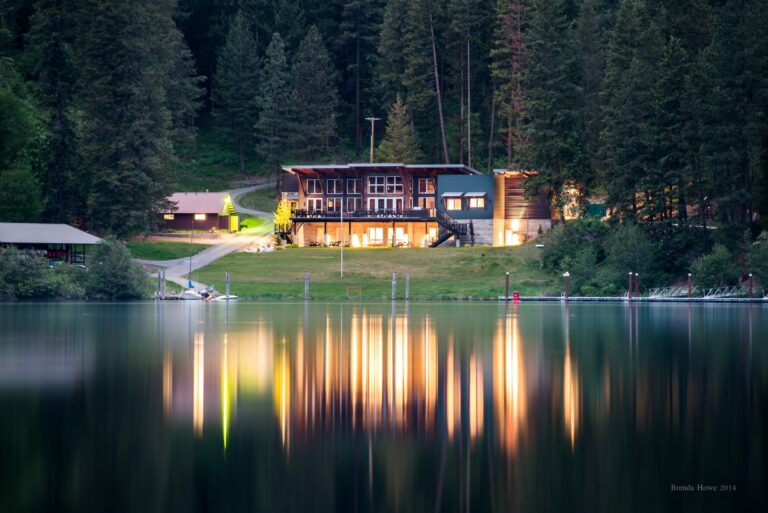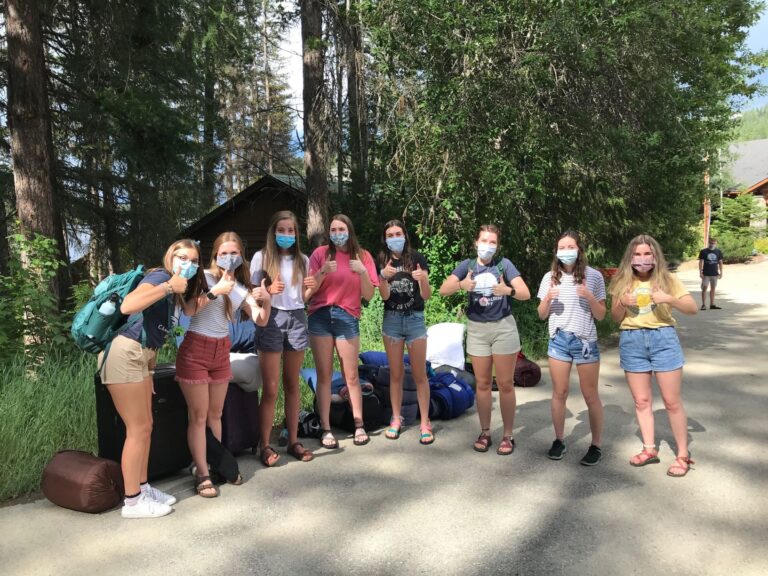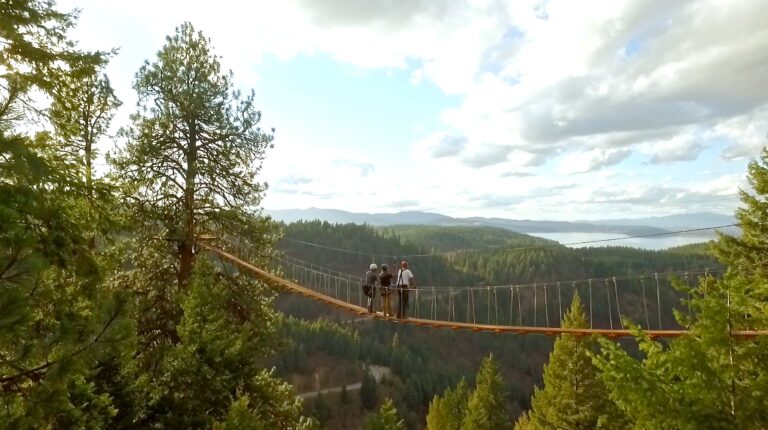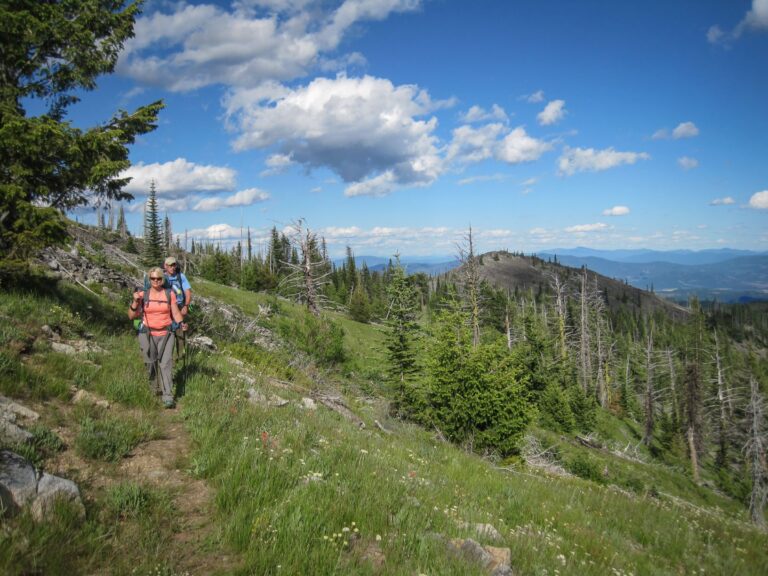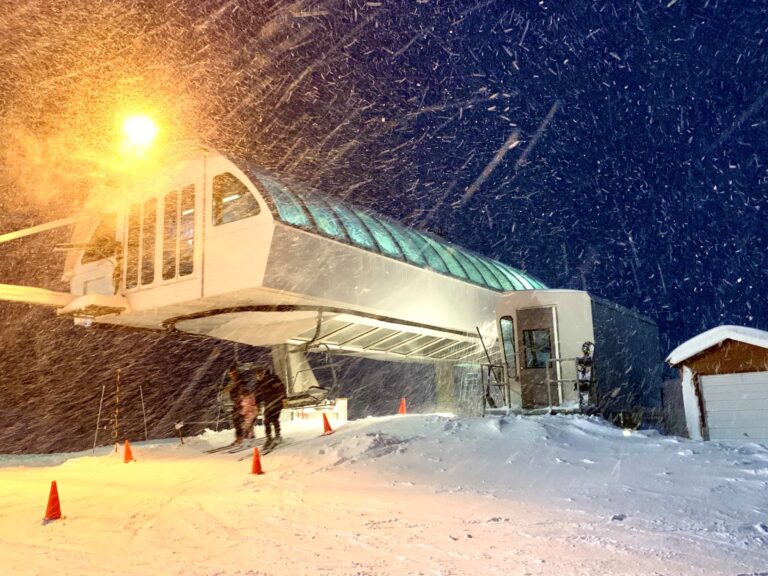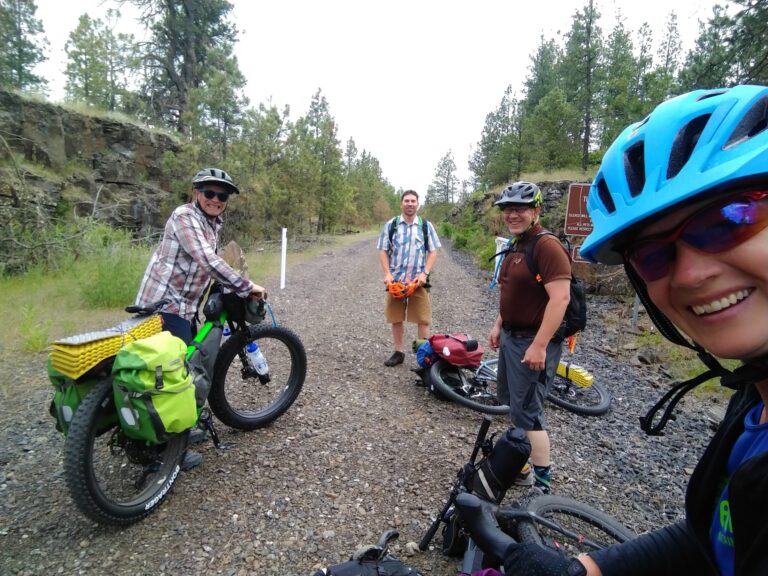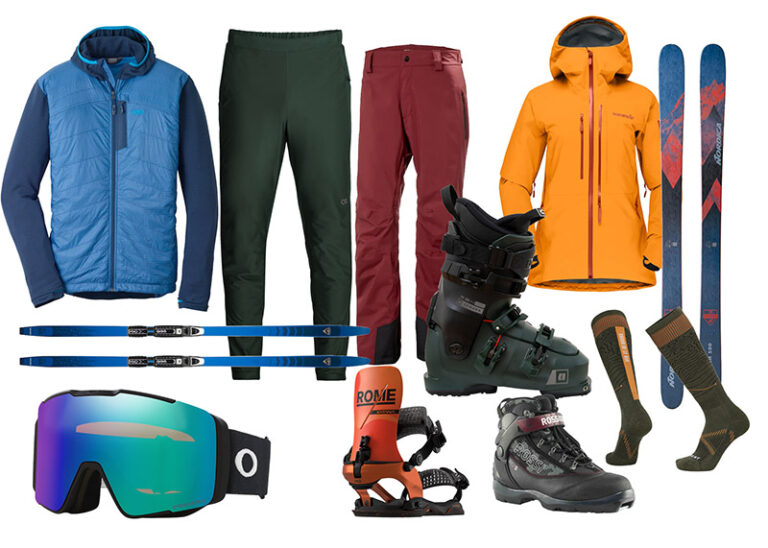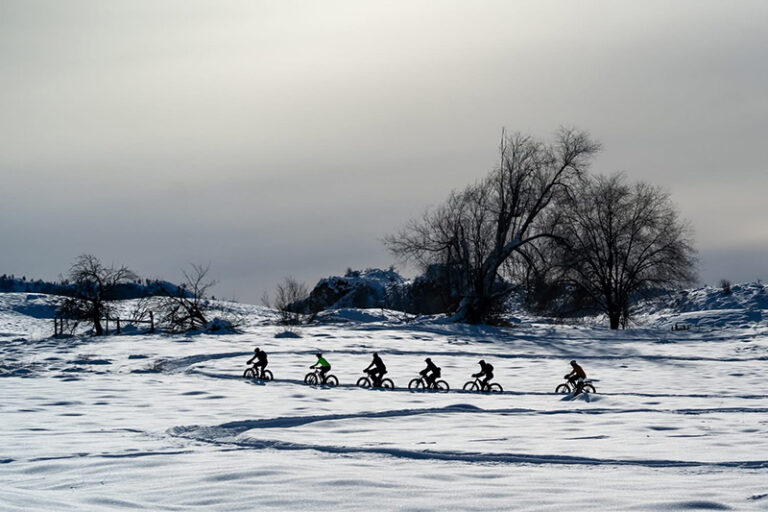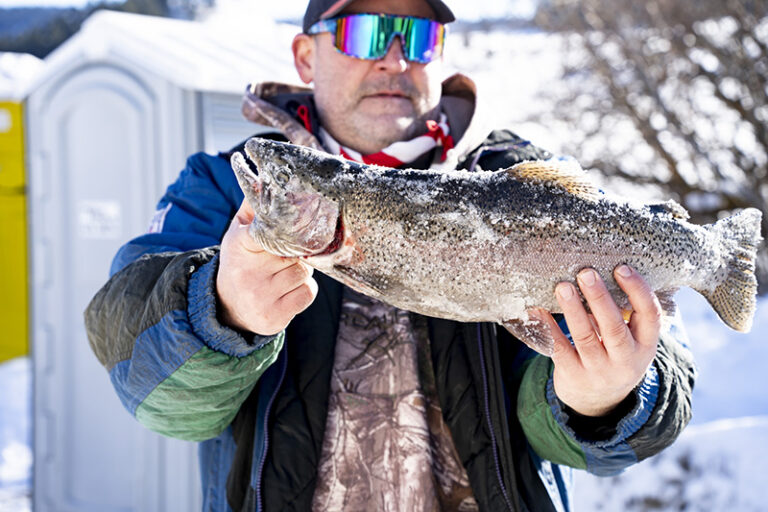By Joel Sattgast
Cover photo courtesy of Chafe 150
Growing up in the Midwest in the early ‘90s on a gravel road meant I was regularly riding gravel decades before it became the fastest-growing cycling market. My bike these days, a Giant Boulder from Spokane’s Spoke-N-Sport, was outfitted with wider tires, a front shock, and multiple gearing options—perfect for the variable terrain out my front door. Gravel riding has definitely become mainstream, with Le Tour de France even incorporating a few gravel sections into the multi-day stage race. And warmer spring and summer days mean now is the perfect time to transition from tarmac or soggy single-track to gravel for a variety of reasons.
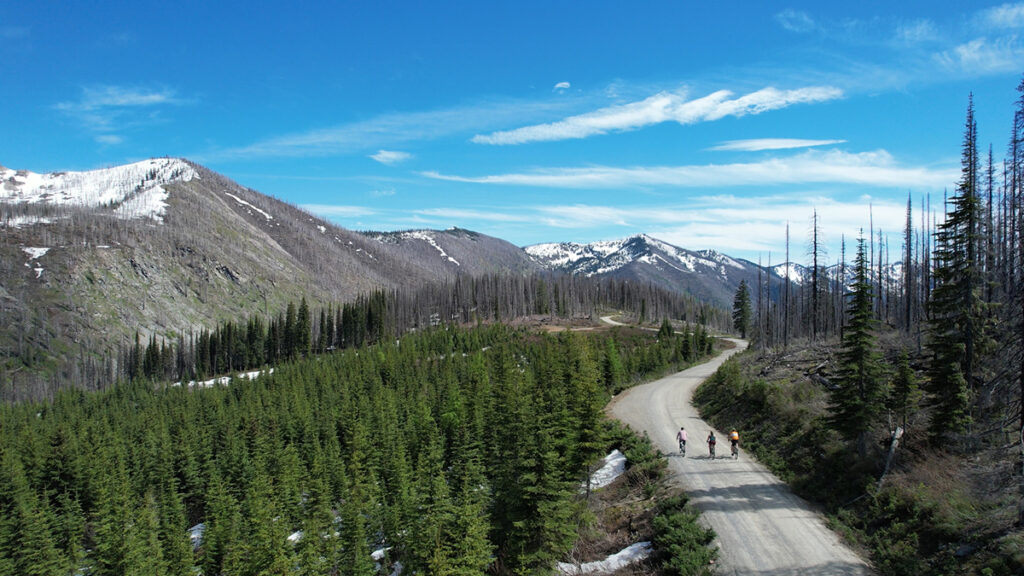
Opportunity: Regardless of where you live in the Inland Northwest, you’re likely closer to gravel roads than you may realize, with rural and forest roads serving as great places to start. Endless miles of quiet road await, with the added benefit of lower-traffic and fewer distracted drivers.
Comfort: If you’ve ridden a 21-23mm tire on your road bike, switching to a 38-44mm gravel tire is pure joy. When paired with a tubeless setup and moderate tire pressures, the result is heavenly comfort that absorbs bumps, road chatter, and more. Many gravel-specific bikes also feature relaxed frame geometry, enhancing comfort and posture while in the saddle.
Resiliency: Riding gravel often means leaving the comforts of the city behind. Environmental exposure, unpredictable road surfaces (e.g. washboards anyone?), and longer, isolated stretches challenge both physical and mental preparedness. While this may sound daunting, these conditions provide a unique opportunity to callus the mind and body.
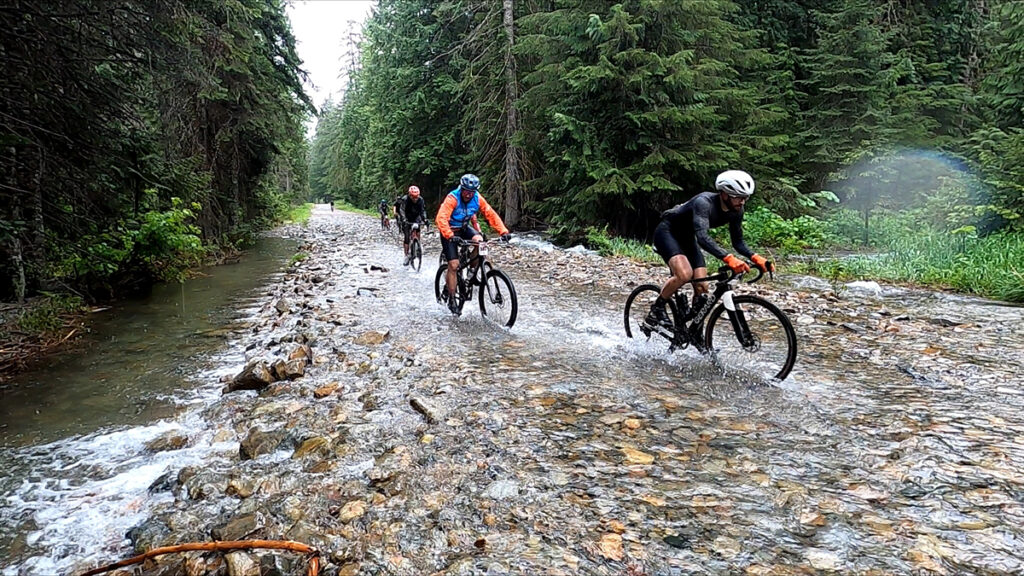
Training Tips for Gravel Riding and Racing
Gravel riding also demands specific training adaptations. John Wehrer, a Spokane sports physical therapist and performance coach, highlights the importance of trunk and upper-body strength to endure uneven terrain. Dr. Wehrer emphasizes that the first time you ride a washboard section or encounter loose gravel you’ll appreciate how important developing grip strength is. (Want to improve grip and trunk strength? Try this: Grab a set of kettlebells or dumbbells that are moderately heavy, completing a slow-motion thigh-high march for 40-45 seconds continuously.)
After the gravel bug bites, you may want to explore local races like the Idaho Panhandle Gravel Series in North Idaho, hosted by Charles Mortensen and Sammy Berryman. Despite evolving race formats and distances, one thing has remained constant—the challenge of gravel combined with significant elevation gain. To prepare for these races, it’s important to build aerobic fitness and muscular strength in your quadriceps, hamstrings, and glutes. (Example training ride: Start with a 20-minute easier effort; next, complete 3-4 sets of 5- to 10-minute moderate effort at 60-65 RPM cadence followed by equal recovery after each set; finish with a 20-minute easy ride.)
Your transition to gravel should also include a fueling strategy that supports the demands of training and racing. Bottles and hydration bladders both work and support longer duration rides (personally, I use both). However, the key message is this: regularly eat and drink. Bonking due to under-fueling is no fun! And if you enter a gravel race, the aid stations are more party zones than traditional fuel stops.
With the unending gravel roads offered in the Inland Northwest, and the unique training demands of gravel cycling, an unmatched sense of freedom and excitement await. Regardless of how you arrive to the gravel scene, you’ll be welcomed with adventure, challenge, and camaraderie. All that’s left is to prepare your body, refine your skills, and ensure adequate fueling to support your journey from the first gravel mile to your next finish line.
Joel Sattgast is an outdoor enthusiast who loves sharing in adventures with his family. When not exploring, he’s a physical therapist, running/triathlon coach, and EWU DPT faculty.


